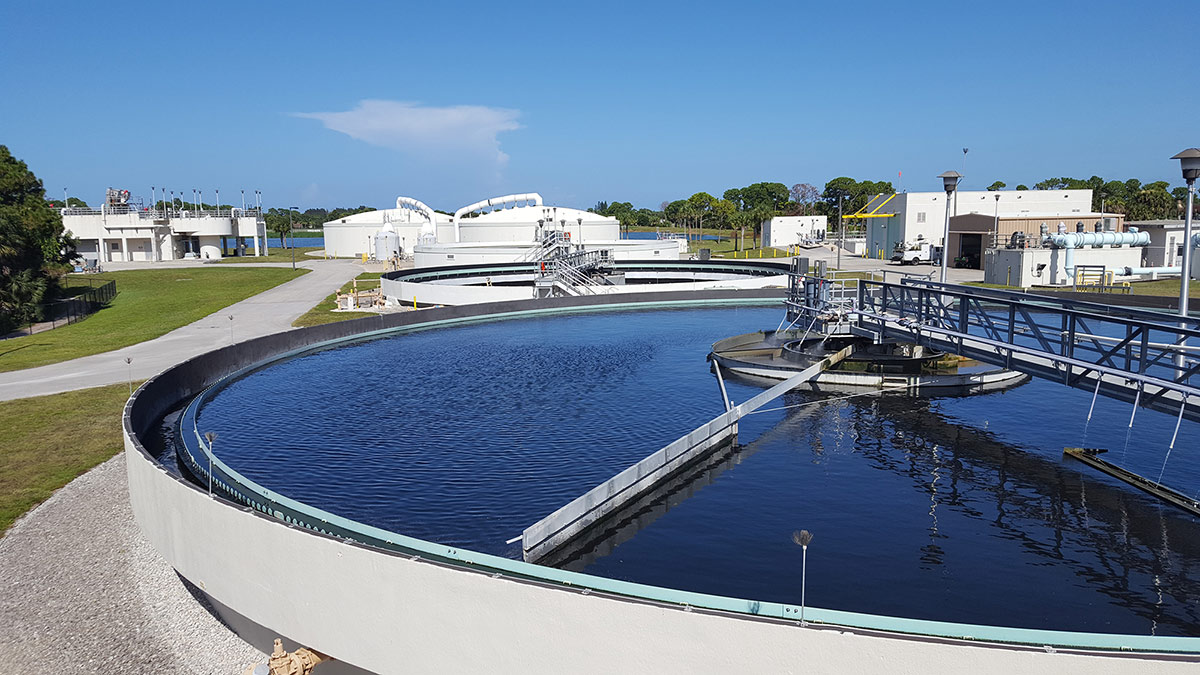Ecological Impact of Waste Water Treatment: What You Required to Know
Ecological Impact of Waste Water Treatment: What You Required to Know
Blog Article
Strategic Approaches to Improve Waste Water Treatment Efficiency and Lessen Environmental Impact
In the world of drainage therapy, the mission for improved efficiency and reduced ecological influence is a continuous obstacle that demands strategic services. As culture comes to grips with the critical to manage water resources sustainably, a nuanced technique comes to be important. The combination of advanced treatment modern technologies, energy-efficient processes, resource recuperation methods, enhanced nutrient elimination techniques, and clever tracking and control systems stands for a complex structure for addressing these pressing problems. Nevertheless, what lies at the core of this facility internet of strategies is the prospective to transform the method we approach drainage treatment, not equally as a process of disposal, yet as a valuable opportunity for development and environmental stewardship.
Advanced Treatment Technologies
Sophisticated membrane filtering systems have transformed advanced wastewater therapy procedures, substantially boosting the elimination of pollutants. This technology has actually proven to be very reliable in getting rid of a vast variety of contaminants, including drugs, heavy metals, and natural substances, which are typically testing to get rid of through standard treatment methods.
Additionally, membrane filtering systems use numerous advantages over conventional therapy approaches. They require less room, produce higher-quality effluent, and are extra resistant to variations in influent water high quality. Furthermore, these systems are extremely functional and can be quickly incorporated into existing treatment plants or used as standalone devices for decentralized applications. As the need for clean water continues to increase, the adoption of sophisticated membrane layer filtering technologies is necessary to make certain lasting and efficient wastewater therapy techniques.
Energy-Efficient Processes
The assimilation of energy-efficient processes in wastewater therapy systems is crucial for enhancing resource usage and reducing operational expenses. By implementing energy-efficient technologies, treatment plants can significantly lower their carbon impact and total ecological influence. One key method to boosting power effectiveness in wastewater therapy is the application of sophisticated aeration systems, such as great bubble diffusers or surface aerators, which can improve oxygen transfer effectiveness and minimize power usage. Furthermore, incorporating energy recovery systems, like anaerobic food digestion for biogas production or using excess heat for thermal processes, can aid offset energy needs and advertise sustainability.
Moreover, optimizing process control and automation via making use of advanced sensors and checking systems can improve general power efficiency by adjusting operations in real-time based upon actual demand and conditions. Carrying out energy audits and regularly monitoring energy performance indications are essential practices to identify areas for renovation and track energy-saving efforts efficiently. In general, the adoption of energy-efficient processes in wastewater treatment not only benefits the atmosphere yet additionally adds to long-term price financial savings and functional sustainability.
Source Recovery Methods
With a concentrate on maximizing source use and sustainability in wastewater treatment systems, the execution of resource healing methods arises as a crucial facet in boosting functional efficiency. Source healing techniques in wastewater therapy include the recognition and extraction of useful resources from the waste stream, thereby turning what was when thought about waste right into a beneficial asset. By executing source recuperation methods such as nutrient removal and recuperation, energy generation from natural matter, and the production of reusable water, wastewater therapy plants can lessen ecological impact while maximizing performance.

Improved Nutrient Elimination Methods
Implementing advanced nutrient removal strategies is vital for enhancing the performance of wastewater treatment systems. One of the key methods used for enhanced nutrient removal is the process of biological nutrient removal (BNR), which involves the removal of nitrogen and phosphorus with biological processes.

In enhancement to BNR, progressed therapy methods such as membrane layer bioreactors (MBRs) and constructed marshes can additionally be employed to enhance nutrient removal efficiency. By integrating these advanced nutrient removal strategies right into wastewater treatment districts, sectors and systems can properly minimize nutrient pollution and shield the setting.
Smart Monitoring and Control Solution
Using sophisticated technology, the integration of smart surveillance and control systems transforms the functional performance of wastewater therapy facilities. These systems include sophisticated sensors and information analytics to constantly keep an eye on key criteria such as pH degrees, turbidity, dissolved oxygen, and circulation prices in real-time. By collecting and analyzing this information, drivers can gain useful insights right into the efficiency of the therapy processes, allowing proactive changes to optimize treatment efficiency.
Smart surveillance and control systems also support remote monitoring capacities, enabling operators to accessibility real-time information and control functions from off-site locations. This remote ease of access improves operational flexibility and responsiveness, enabling quick treatments in case of system breakdowns or changes in influent quality. The anticipating maintenance capabilities of these systems assist stop devices failures and reduce downtime, eventually boosting the general integrity of wastewater therapy procedures.
Final Thought
In verdict, critical approaches such as innovative treatment innovations, energy-efficient procedures, resource recuperation methods, improved nutrient elimination methods, and smart monitoring and control systems play a critical look here duty in enhancing wastewater therapy efficiency and decreasing ecological impact. By carrying out these techniques, wastewater treatment plants can boost their total performance, reduce power intake, recover important sources, and ensure conformity with ecological regulations. These approaches are necessary for sustainable and effective their website wastewater administration techniques.

In final thought, critical strategies such as innovative treatment modern technologies, energy-efficient procedures, resource recuperation methods, improved nutrient elimination methods, and wise tracking and control systems play a critical role in boosting wastewater therapy performance and reducing ecological influence.
Report this page